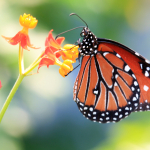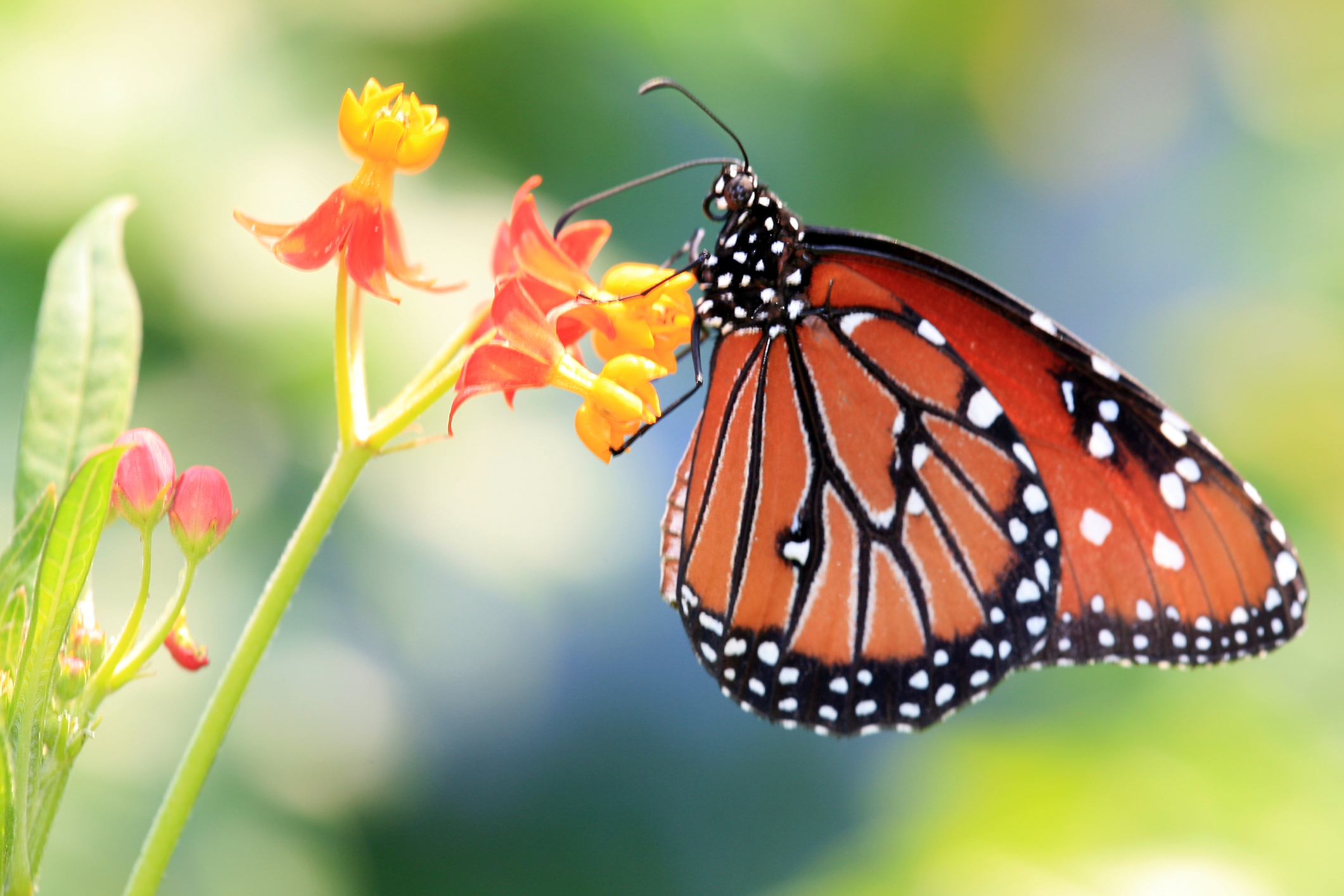 Over the Christmas holiday, while Santa was spreading joy and good cheer and Cindy Lou Who was tending her stocking, the U.S. Fish and Wildlife Service was looking to play the Grinch and steal Christmas. Earlier this week the FWS announced it would be a conducting a status review of the monarch butterfly under the Endangered Species Act (ESA), the first step in potentially listing the species as a protected species. According to the Service, it has determined that a petition from the Center for Biological Diversity, the Center for Food Safety, the Xerces Society for Invertebrate Conservation and Dr. Lincoln Brower to list a subspecies of monarch (Danaus plexippus plexippus) presents substantial information indicating that listing may be warranted.
Over the Christmas holiday, while Santa was spreading joy and good cheer and Cindy Lou Who was tending her stocking, the U.S. Fish and Wildlife Service was looking to play the Grinch and steal Christmas. Earlier this week the FWS announced it would be a conducting a status review of the monarch butterfly under the Endangered Species Act (ESA), the first step in potentially listing the species as a protected species. According to the Service, it has determined that a petition from the Center for Biological Diversity, the Center for Food Safety, the Xerces Society for Invertebrate Conservation and Dr. Lincoln Brower to list a subspecies of monarch (Danaus plexippus plexippus) presents substantial information indicating that listing may be warranted.
Is the Monarch really in danger of extinction you ask? Noelle Swan over at the Christian Science Monitor has more on this developing story. Turns out that the Monarch’s populations have declined precipitously over the last 20 years. For those who may not be so inclined to dig into the ecology of this beautiful little creature, each year tens of millions of Monarchs migrate over 2000 miles from all parts of Canada and the U.S. to a small patch of forested mountains in Mexico, about 60 miles outside of Mexico City. Yet something really odd is happening as depicted in this graph – the monarch has experienced an eye-popping 90% decline – a ghastly trend.

(Source Brad Plumer of WaPo citing Brower et. al 2012 updated with data from the author for the past two years)
The likely cause of decline is threefold: (1) illegal deforestation in Mexico affecting the Monarch’s winter residence, (2) severe weather and drought conditions in Texas in recent years impacting critical migratory corridors, (3) but more importantly is the destruction of milkweed, which is the lifeblood of the Monarch. It is believed that advances in agriculture during this same period and the use of more efficient pre-emergent herbicides have effectively reduced the availability of milkweed, thus destroying the Monarch’s natural habitat and causing increased mortality.
To protect their winter habitat, in 1996, Mexico established the Monarch Butterfly Biosphere Reserve to protect the forested mountain area where millions of monarchs. And in February of last year, as part of the North American Leaders Summit, the U.S. agreed to work with Mexico and Canada to protect the Monarch and its habitat, as embodied in the NA Monarch Conservation Plan (NAMCP). Standing alongside President Obama and Prime Minister Haper, Mexican President Peña Nieto remarked,
We have also agreed to foster sustainable development, working towards the mitigation of the effects of climate change. And in the area of sustainability, we have also agreed to work on the preservation of the Monarch butterfly. It is a landmark species in North America. This is a species present in our three countries, and we have agreed to work a taskforce with a presentation from our three countries to preserve the Monarch butterfly.
Some organizations such as the Monarch Joint Venture and Live Monarch – giving away free milkweek seeds – have rallied to the cause and are encouraging more landowners to plant milkweed on their property as a stop-gap measure. However, given the scale of the problem, these benevolent actions by entomophilous-loving conservationists are a milkweed short of offering a sustainable plan to restore and stabilize Monarch populations. The solution to many biologists lies with the millions of miles of state and county highways and the 17 million acres of prime milkweed habitat, most of which gets mowed for summer beautification, and 186,000 linear miles of utility line rights-of-way on public and private lands – Make Way for the Monarchs.
Because of the prolific ecology of the Monarch, one or two banner years could help the population rebound back to historic numbers, not to mention heading off a potential disastrous ESA listing, which could put a big damper on development and the economy. With local governments cash-strapped and companies looking to cut costs, let’s commit to growing more milkweed in 2015. Instead of paying road crews to mow and spray highway weeds, let’s pay them to plant milkweed. With Johnny Appleseed’s solo success in sowing new nurseries and orchards around the country, just think about the potential benefits of small battalions of “Joe Milkweed” sowing new habitat for the Monarch.
We don’t need another ESA listing, what we need is more civic engagement and outside-the-box thinking by our civic leaders. For you states who have legalized marijuana, do something productive for society and the environment and tax pot growing, given all “land-scarring, energy-sucking, wildlife-killing” it does to harm the environment. There’s a new bumper sticker – Tax Weed Don’t Mow it – Save the Monarch.

